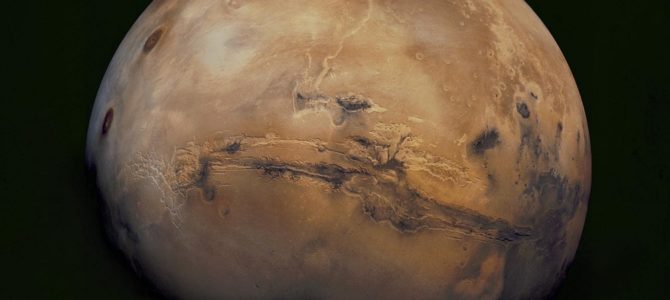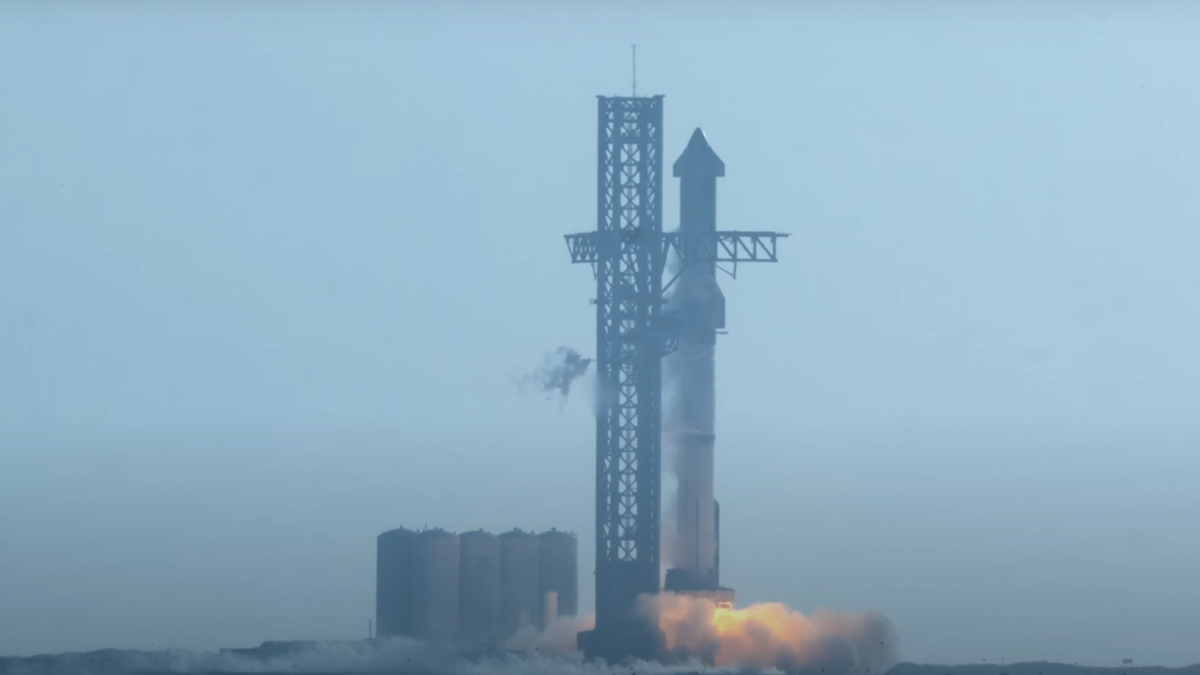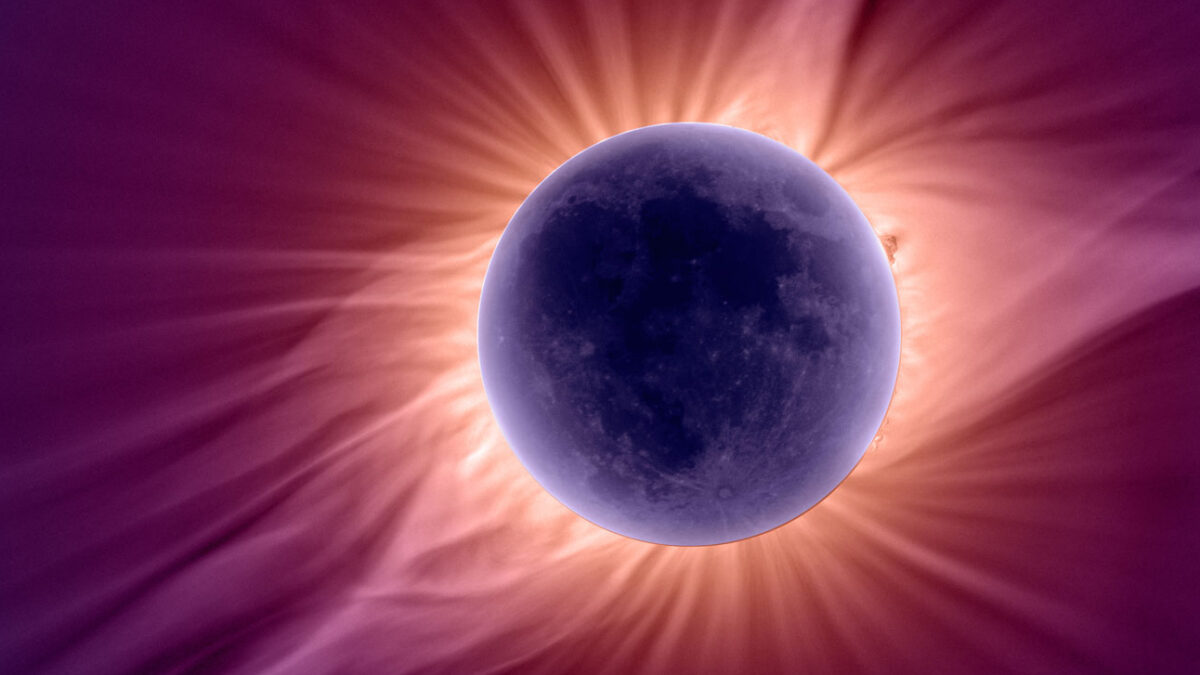Scott Kelly embarked on a landmark mission to space in March 2015 to live aboard the International Space Station (ISS) for 340 days, completing what would become known as the infamous “Year in Space.” While Kelly spent much of his time capturing breathtaking photos of the Earth, many of which became viral online sensations, the astronaut also spent a considerable amount of time collecting crucial data on himself to help guide scientists working on mankind’s next leap of progress in the latest effort of space exploration: a human mission to Mars.
Landing humans on Mars has for decades been a subject of science fiction, but the effort to land people on our neighboring planet has since become a tangible goal in the 21st century, with public and private entities aiming to realistically complete such a mission within the next two decades. Several questions remain, however, about achieving this feat in the space frontier.
What will putting humans in space for years at a time do to the human body? What would happen in the event of a medical emergency millions of miles away from Earth? How will astronauts deal with the mental stress of traveling such a distance for a long period of time?
These are critical questions that medical experts are seeking to answer as the space industry prepares for a mission in the next decade with few case studies to analyze. The data collected from Kelly may offer useful insights into long-duration spaceflight’s effects on the human body.
Where Humans Have Never Gone Before
Humans have not lived in space, and a mission to Mars presents serious health obstacles. Astronauts on the journey estimated to last approximately 30 months, or two and a half to three years, would face a loss of bone density, weaker muscles from loss of gravity from Earth, exposure to excess radiation, prolonged nausea from space sickness, and potentially severe mental stress from traveling in dark isolation in close quarters with colleagues for years.
These are just several challenges experts in space medicine are working to solve to send a crew to Mars by NASA’s target date of 2033, or perhaps much sooner with SpaceX setting its goal to land humans on Mars in 2024.
While researchers specializing in space medicine have found remedies to some issues that could arise on the journey, other problems remain a puzzle to solve, and new problems have arisen. New NASA research released in February, for example, shows viral infections such as herpes and the shingles virus are more likely to be activated in astronauts the longer they spend in space.
NASA Twins Study Helps Guide Humans to Mars
Scott Kelly landed back on Earth in early March 2016, completing a one-of-a-kind mission and giving scientists a treasure-trove of data. While Kelly was returning fresh blood samples back to Earth throughout his year on the ISS, his mission provided scientists the unique opportunity to compare the impacts of long-duration spaceflight with his identical twin brother, Mark, who is also an astronaut.
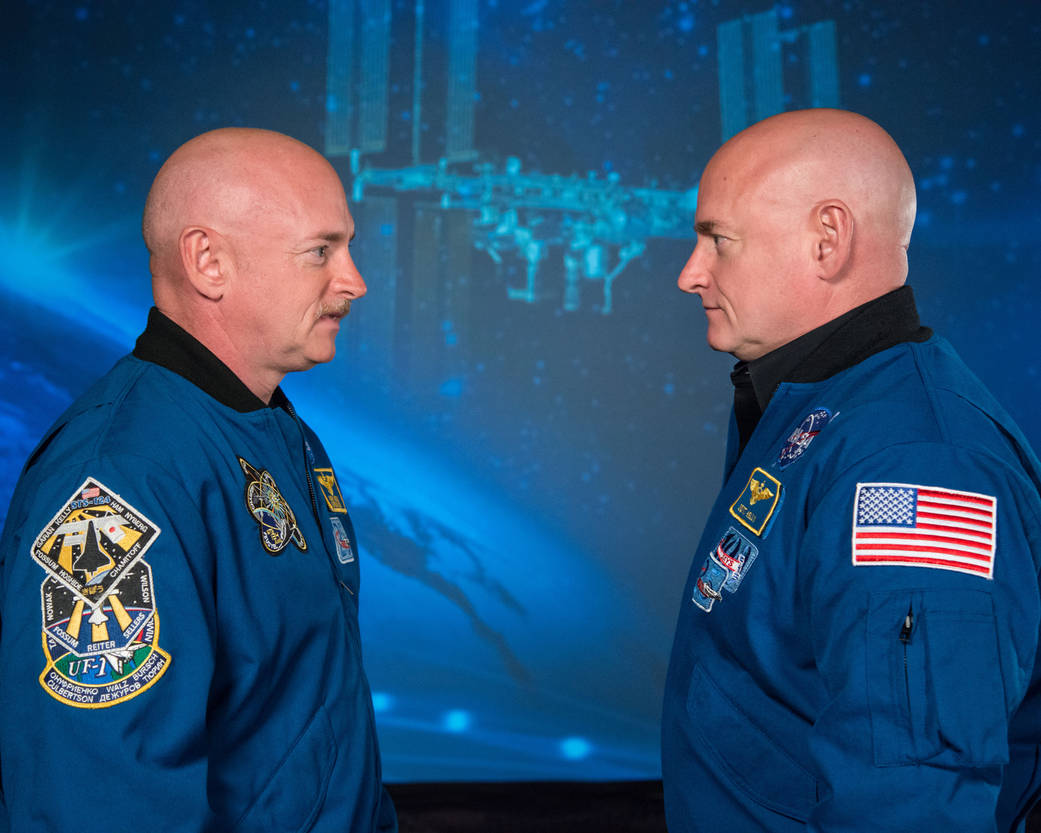
In April, scientists began publishing the first round of results from what is now referred to as the “NASA Twins Study.” A quick glance at the research reveals that landing humans on Mars could be harder than initially thought.
One major finding from the study revealed changes in the length of Kelly’s telomeres, compound structures at the end of chromosomes linked to health and lifespan that shorten with age. While stress can also lead them to shorten, Kelly’s grew longer in space. Within hours of Kelly’s return to Earth, however, they returned to normal length. NASA experts say this change was likely due to regular exercise and a proper diet, but are still unsure of the exact reason Kelly’s telomeres lengthened.
Scientists also observed significant variability in Kelly’s gene expression. Thousands of Kelly’s genes sped up their activity while in space, but most returned to pre-flight levels within six months of landing back on Earth. However, NASA reported that a small percentage did not, allowing researchers to focus on therapies to deal with conditions associated with long-duration spaceflights.
Perhaps a more worrisome finding from the NASA Twins Study is the effect long-term spaceflight can have on an astronaut’s cognitive capabilities. Kelly did worse on cognitive tests in both speed and accuracy six months after his return from space. While several factors could be implicated for lower scores, such as a busy post-flight schedule and re-adjustment to Earth’s gravity, Kelly’s reduced cognitive functions could lead experts to worry what three years in space could do to astronauts’ ability to execute a successful Mars mission.
The NASA Twins Study offers important findings for a future mission to Mars. Other problems concern safely executing humanity’s first in-person exploration of Mars, including logistical difficulties.
Limited Space in Space
A primary challenge confronting medical experts is the limited amount of space allotted for medical kits. No exact number of medications aboard the International Space Station have been made public, but Virginia Wotring, an adjunct professor at the Baylor College of Medicine who specializes in space medicine, estimates about 100 medicines are packed in a container approximately the size of two shoe boxes. She said changes to the medical kit were made slowly and gradually.
Packing these medicines for a trip to Mars, however, would be more challenging, as medical experts will need to create a medical system for a mission two to three times longer and 500 times further than any previous human space mission. These circumstances require astronauts to carry more medicines in a smaller spacecraft. Most of the medicines aboard the ISS medical kit have never been used because they are only for emergencies that have yet to happen, but they are still important to have on hand.
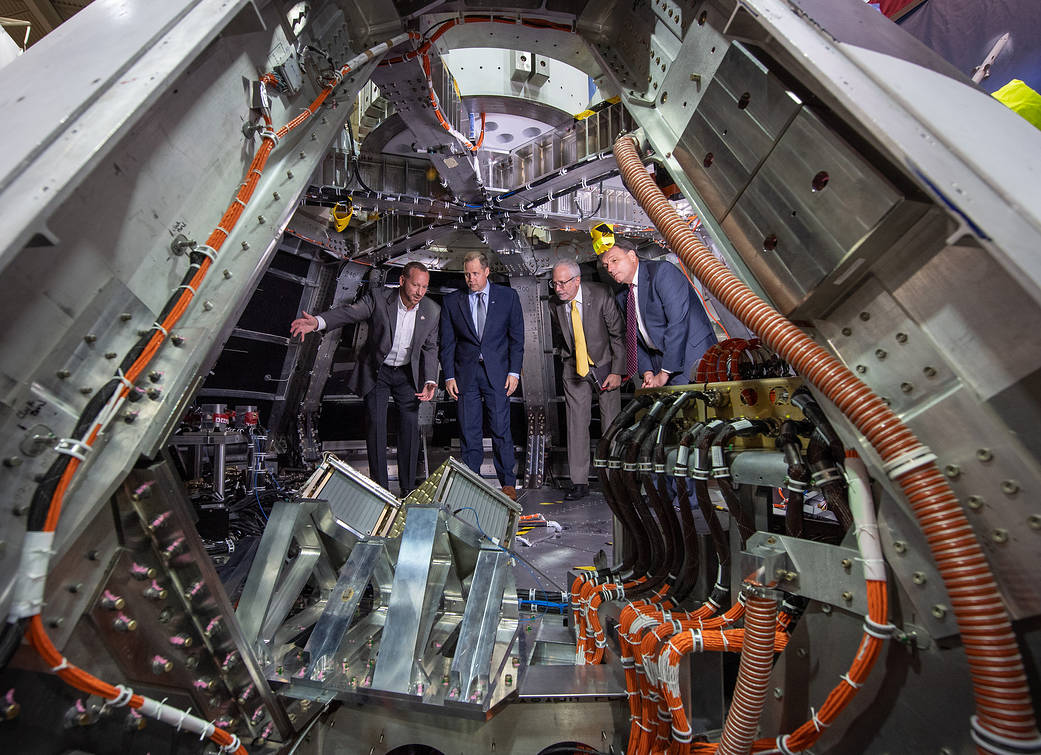
Packing the ISS medical kit is much easier than packing for Mars. The ISS has enough room to hold necessary medicines, and the station’s relatively close proximity to Earth allows a constant resupply after expired medicines go bad or stock runs low. Wotring said the kit aboard the Orion spacecraft, the ship expected to take humans to Mars, will only have cargo space for one shoebox of medicines, instead of two.
The payload concern has prompted medical experts to think outside the box when designing a medical kit for the mission. Kris Lehnhardt, a deputy scientist for Exploration Medical Capability at the NASA Johnson Space Center who researches the primary health hazards of deep space exploration, said that while the medicines don’t take up much space, fitting an entire medical system is the challenge.
Lehnhardt said experts are now designing ways to allow astronauts to create their own medicines during the mission using 3-D printer technology or bioreactors that can create the needed chemical compounds. As innovative as they are, Lehnhardt noted that these technologies are “very interesting but not very near real-life yet.”
Even if there were enough storage room on the spacecraft to carry everything experts say is necessary, medical risks remain that there are no comprehensive solutions to yet.
Excess Radiation Poses an Excessive Risk
Beyond Low Earth Orbit, space radiation can have serious effects on astronaut health, including a heightened risk of radiation sickness, an increased likelihood of cancer, central nervous system effects, and degenerative diseases. Christopher Mason, a geneticist at Weill Cornell Medicine in New York told The New York Times that he estimated Kelly was exposed to approximately 48 times more radiation during his time in space than he would have otherwise encountered on Earth.
Scientists largely attributed this radiation as the cause for some of Kelly’s genetic mutations during his year in space. This radiation exposure also likely leaves Kelly with a slightly higher risk of developing cancer for the remainder of his life. So far, scientists have no answers for how to shield astronauts traveling beyond Earth from space radiation, and the issue has become NASA’s top medical concern in preparing for a human mission to Mars.
There are two kinds of space radiation astronauts on the journey would be exposed to without the protection of Earth’s magnetic sphere. While the Earth’s protection extends to astronauts aboard the ISS, these astronauts are still receiving higher doses of radiation than they would on Earth.
Cosmic radiation is the background radiation of the universe traveling throughout space. This radiation is high energy that is constantly flying around with high mass particles but traveling at a very low dose. There is also radiation that comes from low-energy particles that are released from the sun in much higher amounts than cosmic radiation. Lehnhardt said that while NASA has some ability to predict solar particle events and has developed some shielding for astronauts, there is no strategy for protecting astronauts from cosmic radiation, and both types of radiation can become compromising.
Jeffrey Willey is a radiation expert at the Wake Forest School of Medicine who also specializes in space radiation. Willey explained there are key differences between much of the space radiation and radiation emitted on Earth from things such as X-ray machines.
Space radiation consists of energetic nuclei from different elements, and many of which can densely strip electrons as they interact with the atoms and DNA in human cells, whereas the X-rays used to create images of body structures is a form of light that less densely strips electrons. In other words, space radiation can be powerful, and have a strong potential to cause damage to human tissues.
Astronauts traveling to the Moon were left exposed to space radiation because they were outside of the protective magnetic fields around the planet. The trips to the Moon were much shorter than a potential journey to Mars. Willey said space radiation outside of the protective magnetic field is powerful enough to slam into the materials that make up the vehicles and release other forms of harmful radiation inside, so adding extra shielding could also be a source for radiation damage as we plan for long missions.
Scientists are still figuring out the extent of possible radiation damage to astronaut health and performance in preparation for a Mars journey. For example, several teams are investigating how radiation during a trip to Mars could damage the brain and nervous system, and if this could harm astronaut performance.
Willey said a number of groups are testing different therapies and countermeasures to protect astronauts from space radiation, ranging from common medicines such as aspirin to exercise. As a scientist, Willey is skeptical about how effective these therapies will be, but is hopeful that treatments will be identified.
Willey stressed that exposure to radiation while working in a stressful environment that includes isolation, sleep deprivation, and low-gravity conditions, among others, could enhance health problems associated with radiation exposure. “Right now, we’re defining what the risk of space radiation exposure on astronaut health is during long-duration missions that will occur in an environment which presents multiple challenges to physical and mental health,” Willey said.
Lehnhardt echoed Willey’s concerns: “We’re more worried about the chronic exposure to space radiation over the course of a mission because that’s the exposure that causes the degenerative dangers we see and what effects that has on the brain, the heart and the overall lifetime cancer risk.”
Protecting the Mind on Mars
NASA was not seriously interested in evaluating the mental health of its astronauts until relatively recently in the 1990s, when the United States launched the Shuttle Mir Program with the Russians. Russia had begun monitoring the mental fitness of its cosmonauts a decade earlier after some displayed symptoms of psychological distress. Since the joint program, the U.S. has now begun regularly monitoring this also, as the government prepares for more long-duration missions such as Mars.
A journey that is likely to last up to three years puts astronauts on the mission in an isolated, dark place away from friends and family in tight quarters with colleagues. Wotring said there are no medications to be carried on the trip to deal with mental health concerns and that therapy sessions are the best option. Therapy sessions however, will be difficult to hold with astronauts aboard the spacecraft, as there will be a significant delay in communication with Earth as the spaceship gets further away, with a maximum delay of approximately one hour and 30 minutes during the mission.
NASA has several projects underway to study the psychological effects of living in confined isolation. The Human Exploration Research Analog (HERA) is NASA’s primary enterprise to study the impacts of confined isolation on astronauts in preparation for deep-space missions. Based at the Johnson Space Center in Houston, Texas, the HERA houses a rigorously selected group of participants in a small, three-story habitat for weeks at a time.
Alexandra Whitmire is the deputy element scientist for the Human Factors Behavioral Performance (HFBP) Element. She works closely with HERA. Whitmire said that in preparing for a deep-space mission to Mars, NASA has made the HERA habitat even smaller and extended the missions from four one-week missions to four 45-day missions for each compliment of studies. Participants, Whitmire said, simulate a real spaceflight crew and work on scientific experiments and maintenance tasks around a designated sleeping schedule with mandatory exercise. Researchers study subjects’ well-being and cognition during the simulation.
Peer-reviewed publications from the program’s simulations are expected to be published soon. Preliminary results from the simulations have already helped to inform planning for future missions, such as recommendations for future food systems.
Deteriorating Bone Mass and Suppressed Menstruation
It has been well established that astronauts who have spent a considerable amount of time in space have suffered a significant loss in bone strength from reduced gravity. To cope with this problem, astronauts have taken to healthy dieting and regular exercise. Still, astronauts return to Earth with weaker bones.
Osteoporosis medications have been found to help astronauts deal with these effects, but current medications are inadequate to deal with the problem. Thus scientists are still looking for more effective solution.
Menstruating in space can be challenging due to stressful symptoms and the precious mass on board that feminine hygiene products consume. Therefore, women have suppressed their menstrual cycles while in space, as many have in the military. Wotring’s extensive work on this topic notes women in space have historically used oral contraceptive pills to suppress menstruation. Wotring cautioned however, that these decisions are personal and would be made for mission-related reasons autonomously by the astronauts.
The decision to suppress menstruation in space appears to be more of practicality than risk of pregnancy. Sex in space and in the HERA has never been an issue, according to Whitmire, and NASA has been quiet on the subject since it began sending both men and women on missions.
Giant Leap for Modern Medicine Needed
Experts in space medicine are exploring solutions to the problems plaguing the puzzle of landing humans on Mars. A successful journey to the Red Planet would result a landmark achievement for the human species that would require just as remarkable milestones in modern medicine to accomplish. Although some remain skeptical of NASA and private companies’ ability to get humans to Mars safely, Kennedy’s 1962 announcement that the United States would land astronauts on the Moon by the end of the decade met similar skepticism.
